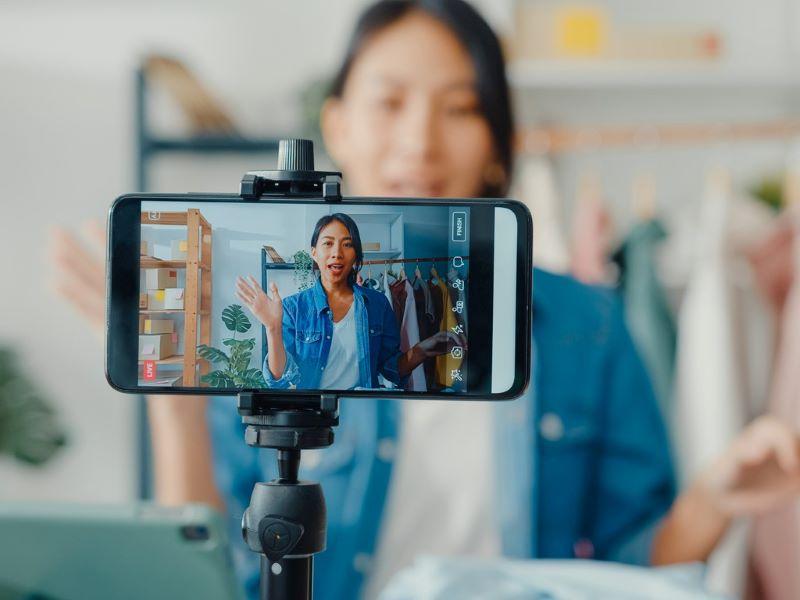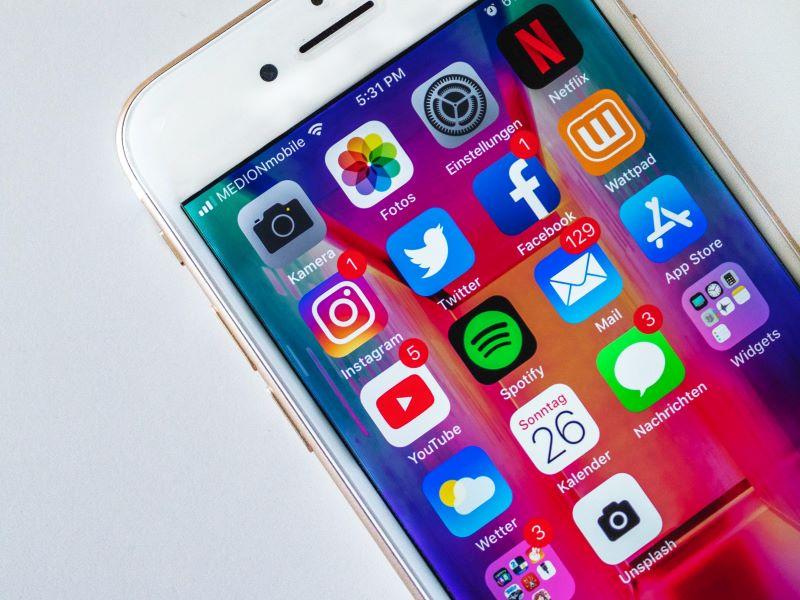
Harness the powers of social media for learning
Let us be honest, social media gets more blame than praise. And yes, if your feed is just an endless loop of drama and stale memes, it is not exactly boosting your well-being. What most people do not realise is that social media can be an incredible learning tool for academics, as well as students. Platforms like X, LinkedIn, Instagram and TikTok can be more than just mindless scrolling. They turn into a global classroom right at your fingertips. Stop scrolling and let’s start hunting.
Curate a feed bursting with educational content
The first step is simple: just be intentional about what you consume. Your social media feed should act like a custom learning space. Whatever shows up is shaped by who you follow and interact with. To make the most of it, start by following educators, scientists, experts, industry professionals and pages that inspire and teach you something valuable. Seek out reputable pages like universities and platforms that share free resources.
- Students aren’t giving up social media, so teach them how to question it
- Making online content relevant and fun for Gen Z students
- The scroll, the soundbite and the seminar: where media habits meet teaching
Join niche communities such as #learntocode, #learnenglish, #learntech or science communication groups to engage with like-minded learners. By filling the feed with worthwhile content, those quick scrolls will stop wasting time. Instead, they become little moments of learning that add up. Every swipe teaches you something new and keeps you informed. This approach also models lifelong learning for students.
Next, organise your feeds intentionally, by creating private lists of sorted topics, such as philosophy or AI, on platforms like X or Bluesky. Mute accounts other than educational ones that clutter your feed on Instagram. This will help you to cut through and access valuable content quickly, whether as discussion prompts, case studies or real-world context for theoretical concepts.
When supporting students one-to-one, these resources offer relatable examples you can use to bridge gaps in understanding. Remember that your online space should be inspired, and keep the teaching fresh and evidence-based.
Stay engaged – avoid just scrolling
Learning from social media is not a passive process. Instead of absorbing information, active engagement is the key to meaningful learning engagement. Create discussion threads and live sessions and share your insights with students. Summarise your learning in a post or thread. This not only helps to explain the key concepts for better retention but also solidifies your understanding.
Teaching topics you’re knowledgeable about benefits learners and deepens your mastery. Want to get the most out of discussions? Struggling with the concept from a lecture? Break it down in a LinkedIn post and invite feedback. Save key discussion threads and spend a few minutes each week reviewing them regularly. Tag experts to get insights from others in the field. This habit turns fragmented scrolling into structured revision.
Turn what’s trending into teaching and learning
Trending topics might come and go quickly, but they can spark some meaningful learning. When a subject like #ChatGPT goes viral, that is a great moment to discuss AI’s role in automation and coding. You can even explore free academic resources like Google’s Generative AI Learning Path courses to deepen your understanding. Or if #SustainableEngineering starts trending, why not explore real-world case studies on green infrastructure or renewable energy innovations?
Even viral topics, for example #Robotics, can spark discussion on cost analysis and system design. Stay ahead by tracking industry trends with Google Alerts or any updated forums. Then transform the buzz into project-based learning that bridges theory and practice. For example, if #Robotec goes viral, students can experiment with open-source tools to design robotic systems, then conduct cost-benefit analyses on automation in manufacturing and collaborate on research by documenting findings in blogs and posters.
Strategic platform selection for effective teaching and learning
Different social media platforms offer unique ways to enhance education. Use each platform strategically, based on its strengths.
LinkedIn supports professional and academic development, offering industry insights, research discussion and skill-building resources. Learners can follow industry leaders and researchers, join groups focused on academic disciplines, access free courses and network with professors, alumni and professionals for mentorship and collaboration opportunities.
X and Bluesky are great for real-time discussions on emerging technologies, debates on engineering challenges and quick interactions with experts. They are ideal for tracking emerging research trends and engaging in debates on scientific challenges with experts. Meanwhile, YouTube remains one of the best free resources for in-depth tutorials, lecture recordings and step-by-step tutorials of engineering demonstrations that are ideal for visual and hands-on learners.
If you are looking for quick and engaging explanations, Instagram and TikTok work well for bite-size lessons. On the other hand, Reddit platforms are great for deeper discussions on specialised topics – for example, if you are troubleshooting a coding issue or exploring the latest developments in renewable energy. By choosing the right platform for your learning needs, you can strengthen both technical skills and professional growth.
Set up a teaching and learning routine
To turn social media into an effective lifelong learning tool, start by building a consistent routine. First, set small and daily teaching or learning goals, such as reading or posting one educational thread with your morning coffee to keep yourself engaged. Save and organise useful content using tools like bookmark folders so that you can revisit it later.
Most importantly, take time to reflect on what you teach or learn by jotting down notes or discussing them with your peers. That is how you turn random browsing into real growth. The key lies in consistent engagement with high-quality sources, systematically organising knowledge and critically reflecting to transform fragmented information into meaningful intellectual growth.
Social media does not have to drain your time, but it can become your own dynamic teaching and learning space. The key is being intentional about how we use it. Instead of just scrolling endlessly, we can turn hashtags into valuable teaching and learning tools, making every swipe or click an opportunity to grow. We can take control of our digital habits and open the door to lifelong learning, because education does not just happen in a classroom. It is everywhere, even in our feeds.
Norlin Nosbi, Nurul Azhani Yunus, Mazian Mohammad and Abdul Rahim Othman are academics at Universiti Teknologi Petronas.
If you would like advice and insight from academics and university staff delivered direct to your inbox each week, sign up for the Campus newsletter.




